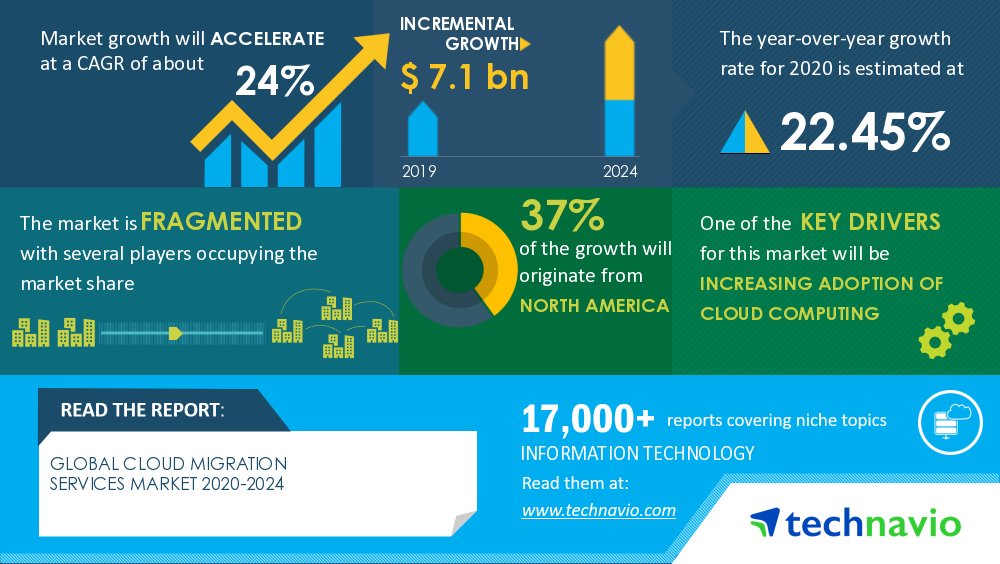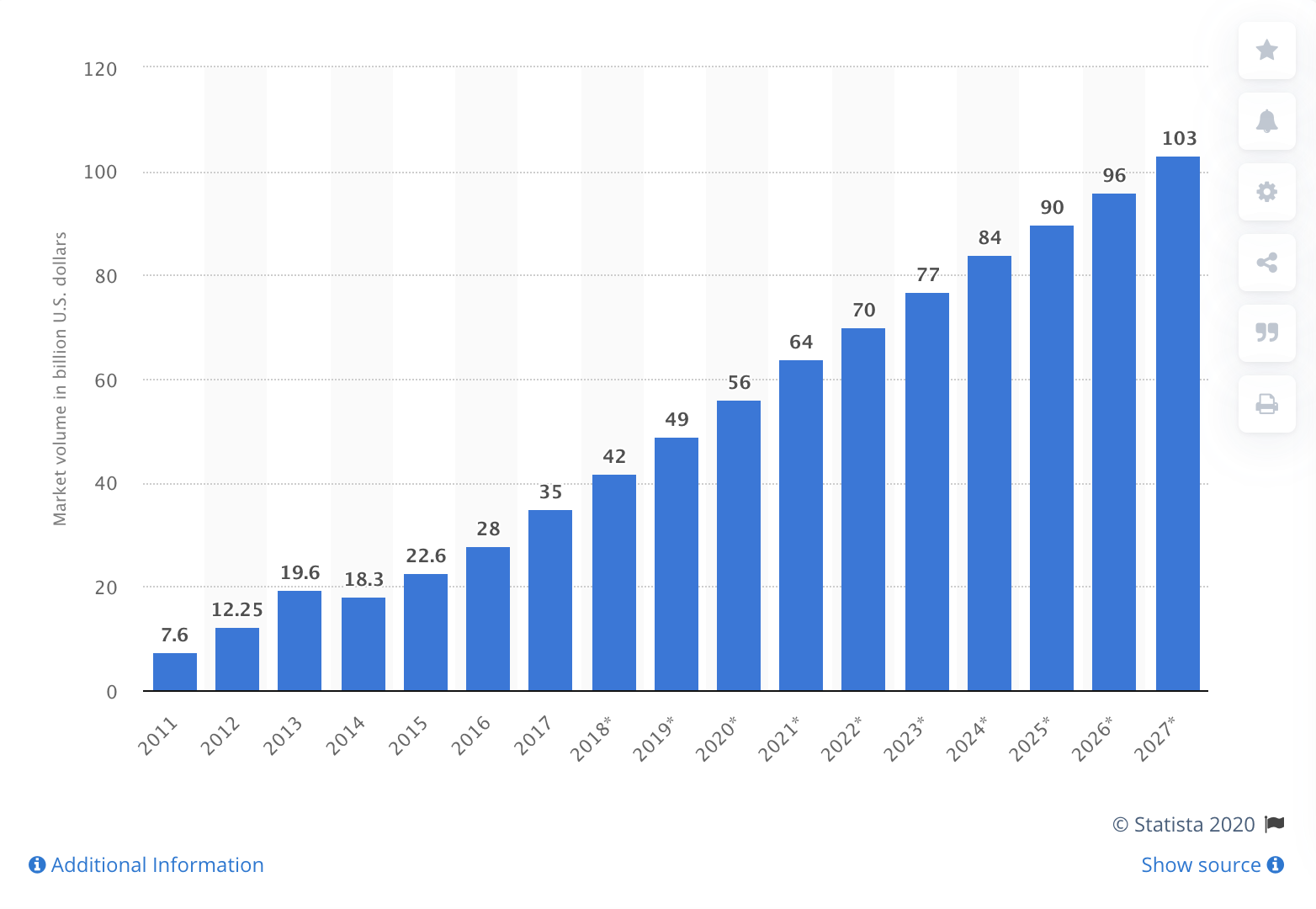How Big Data Will Overcome Social Distancing in Business
Join the DZone community and get the full member experience.
Join For Free2020 had long been forecast by industry experts as the ‘year of remote work’, but very few could have anticipated the central role that working from home (WFH) has played in keeping businesses afloat and markets open as the new decade became hampered by the emergence of COVID-19.
As a result, what was supposed to be three months of what many expected to be slow adoption of new conferencing and delegation technologies became what Forbes’ Laurel Farrier described as “the world’s largest WFH experiment”.
Suddenly, businesses that were once seen as progressive for allowing employees to work home one day each week, were having to operate with no direct contact with their workers for a matter of months.
From the use of remote Coronavirus treatments to the implementation of virtual jobs to protect economic development, the transition of businesses from an offline to an online office has helped a series of businesses in the short term. The unprecedented levels of WFH employees have mitigated ailing global economies and will likely play a significant role in securing the recovery of international markets. But can businesses really operate at full capacity over a prolonged period of time in an entirely remote manner? Big data may hold the key in financially securing the future of many WFH businesses.
Exploring the Data
According to figures released by 8x8 all the way back in late February, 44% of consumers with full-time jobs had reported that Coronavirus was impacting the way they work, while 55% claimed to be having fewer face-to-face meetings due to the virus.
An amazing 40% of respondents had confirmed that they’re increasing their use of video conferencing software and apps.
8x8 CEO, Vikram Verma, claimed that Coronavirus has prompted a “fundamental change” how boards have approached their continuity plans. “the ability to work from any location will be the audit committee topic of 2020. Just like data security audits and assessments, 2020 will be about assessing readiness and resilience in the way that businesses ensure continuity during a contingency period, without any impact such as hurting productivity or engagement,” Verma explained.
The necessity of WFH has led to some software companies experiencing a significant rise in value. Zoom’s video conferencing app, for example, has reportedly earned the company an 85% increase in revenue - according to the business’ latest quarterly figures.
With global supply chains threatened by the spread of the virus and the inevitability of the subsequent international tensions with major players like China and the US, the core technologies of the Fourth Industrial Revolution like Zoom’s cloud-based conferencing platforms, Big Data, the Internet-of-Things and blockchain are creating more resilient supply chain management systems for companies to embrace. Paving the way for more accurate data and secure data sharing.
Migrating to The New ‘Normal’
Coronavirus has heralded a new era where WFH is no longer a privilege and is now a necessity. The success of the new ‘normal’ and its associated benefits will help to encourage more businesses that remote work carries long-term success as well as short-term stability.
Business decision-makers will need to look to the application of Big Data in order to facilitate these new working models in order to manage migrations. CIO reports that both cloud-based technology and Big Data is capable of facilitating widespread WFH adoption, leaving only a lingering concern over the security involved with the transferring of sensitive data between employees in a way that can’t always be regulated.

(Image: Technavio)
The fast accelerating adoption of cloud computing in the face of COVID-19 has been reflected in Technavio’s latest market forecasts. In all, the cloud migration services market is expected to grow by as much as $7.1bn between 2020-24.
The report also highlights the state of the market impact and subsequent opportunities provided by the emergence of Coronavirus. Fundamentally, Technavio forecasts cloud computing organizations to be negatively affected by the virus in the first quarter of 2020 before experiencing accelerated growth by the end of the calendar year owing to the effects of businesses embracing this new norm of remote operation.
Such eye-opening figures will be reflected across a range of technological industries, with Big Data likely to grow alongside the cloud due to its importance in allowing companies to overcome social distancing through remote work.
The Importance of The Cloud and Big Data
The arrival of Big Data and cloud computing, in particular, has been instrumental aiding the transition of businesses from an in-house operation to a more interconnected online one. Could so many industries have stayed open if COVID-19 struck just five years ago when such technologies were in their infancy?
At a time where the world is practicing social distancing, businesses are turning to Big Data and the cloud in order to collaborate more effectively than before. Keeping teams in contact and maintaining worker morale in isolation is imperative for businesses. Cloud-based meeting software such as the aforementioned Zoom and delegation tools like Monday.com have aided employees in sharing communicating instantly and gaining actionable insights into their workloads and how their colleagues are performing.
Cloud computing is the reason why Big Data exists in the form that we know it today. Cloud storage enables masses of data to be stored without the need for centralized expensive hardware. This allows remote employees to study the same deep levels of insights at the same time without the huge volumes of data impacting their home office setup.

(Image: Statista)
Big Data’s relationship with the cloud means that workers can operate at the same capacity as they would in an office-based environment without having to rely on premium servers.
Businesses looking to migrate to the new ‘normal’ will also be dependent on the sharing of important data online. The transfer of delicate data is a vital collaboration tool and the cloud offers up secure solutions that wouldn’t have been possible in the recent past. Notably, Windows Virtual Desktop paves the way for unparalleled remote desktop management.
Big Data Visualizations
The shift from a physical workspace to a more physical one is a necessity for nations affected by COVID-19. Despite widespread integrations, the abruptness of the crisis has created more challenges for employers.
While many businesses are used to securely interpreting masses of information from Big Data, the usage of data can now play an instrumental role for business owners to keep on top of their operations, staff, and output while practicing social distancing.
Big Data has the power to supply businesses with rich visualizations both internally and externally and shape marketing approaches along with task delegation. Automated big data platforms can utilize the power of the cloud to help workers sift through masses of information and highlight any key anomalies as a time-saving tool in the workplace. Just a matter of years ago, such technology would’ve been impossible for businesses to pass on to remote employees.
Such visualizations can work closer to home, too. Platforms like Google Analytics are capable of drawing on masses of Big Data to provide a complete analysis of your business’ online presence, from basic traffic analysis and user behavior flow to advanced website speed insights. Notably, Google utilizes Universal Analytics which allows users to associate multiple sessions to just one ID - paving the way for cross-domain tracking and more accurate user experience analysis.
2020 may ultimately be remembered as an anomaly of a year, where the COVID-19 pandemic caused widespread humanitarian and financial devastation. For all the disruption it’s caused, we may have one ray of light to cling to in how many businesses have learned that remote work is nothing to be afraid of. Indeed, if we’re faced with another pandemic in the future and subsequent lockdown, the cloud and Big Data could allow easier transitions into lockdown and fewer opportunities for viruses to spread.
Opinions expressed by DZone contributors are their own.

Comments